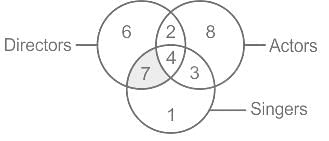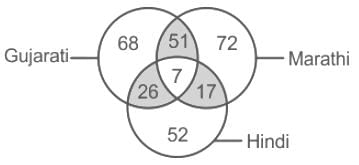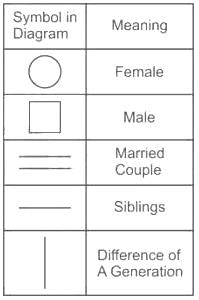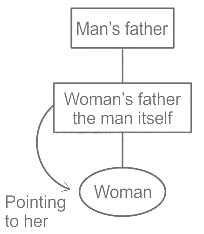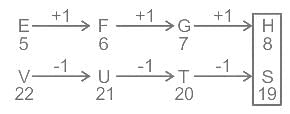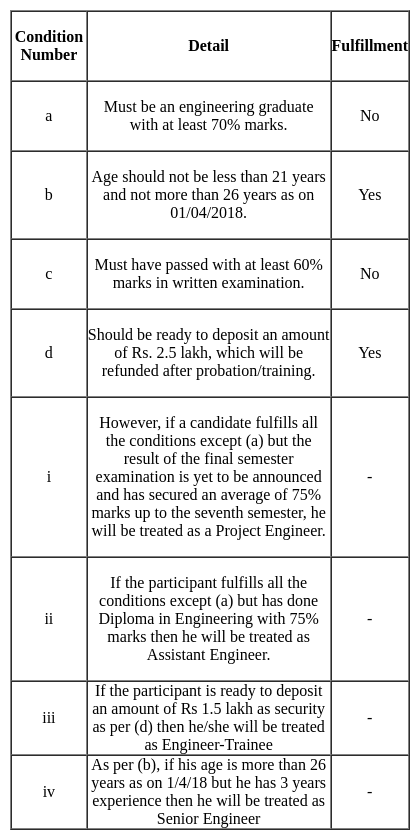FSSAI TO / AD (Technical) Mock Test - 3 - Agriculture Exams MCQ
30 Questions MCQ Test FSSAI TO / AD (Technical) / CFSO Mock Test Series 2025 - FSSAI TO / AD (Technical) Mock Test - 3
In an examination Mohit got 30% of the maximum marks but failed by 25 marks. Another student who scored 38% got 15 marks more than the pass marks. The necessary pass percentage required is:
Study the following carefully and answer the given question.
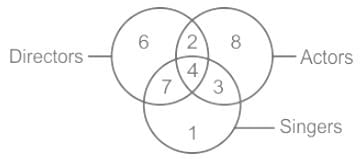
Which region denotes singers, who are directors but not actors?

Direction: In each of the following questions a pair of capitalised words is followed by four pair of words. You are required to mark as the answer the pair of words which have a relationship between them most similar to the relationship between the capitalised pair.
Doubt : Faith
Study the following Venn diagram carefully and answer the question.
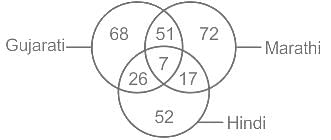
How many persons speak only two languages?
Arrange the following words as per dictionary:
1 - Arrest
2 - Arrange
3 - Arrogant
4 - Arrow
A statement is given followed by two conclusions. Find which conclusion(s) is /are true based on the given statement.
Statements:
K > M < L = Z = O < P
Conclusions:
I. P < Z
II. M = Z
Pointing to a woman, a man said, "Her father is the only son of my father." How is the man related to the woman?
Complete the following series.
EV, FU, GT, ?
If the values in A1 is “MCQ” and B1 is “Questions”, which function will return “MCQ@ Questions” in cell C1?
Rakul has completed Electrical Engineering with 69.5% marks. He has also passed the written exam with 59% marks. His age has become 22 years as on April 2018. He is ready to deposit Rs 2.5 lakh as security. For which position will he be recommended?
Penalty for failure to comply with the directions of Food Safety Officer is
Which of the following provide scientific support to CODEX Committee on Contaminants in Food?


